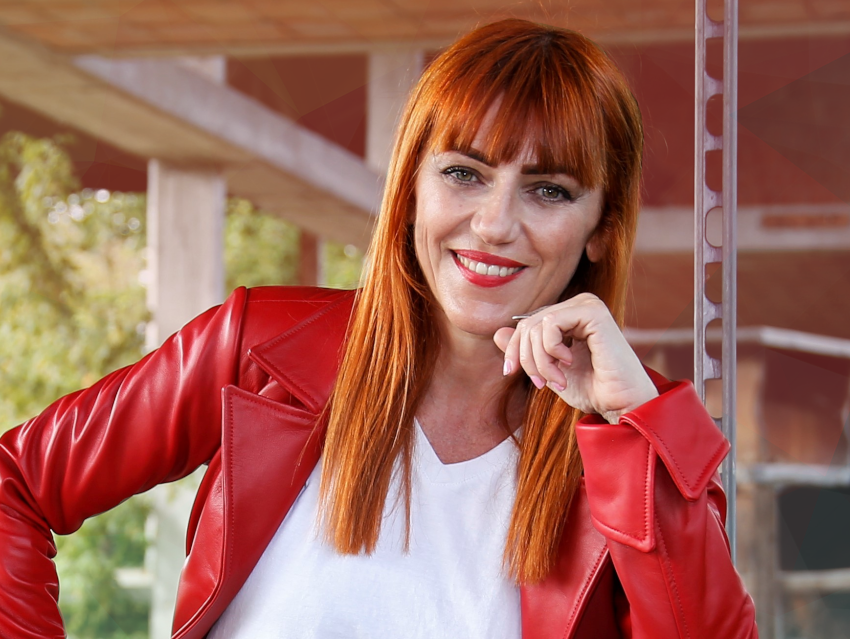Gabriella Greison is an Italian physicist, writer, theater actress, playwright, science communicator, journalist, and television host. She is one of Forbes’s “100 Successful Women” in 2024, has hosted and appeared on various scientific programs and conducted TEDx events on quantum physics and figures like Lise Meitner and Albert Einstein.
Here she talks with Vera Koester for ChemistryViews about how to engage the general public with quantum physics, filling entire theaters, how she chooses her topics, and what is essential in effective science communication.
What surprises you most about your work?
The thing I like about the world I have built is that it allows me to always be surprised. I live in a beautiful world, made of theatrical performances, therefore live, and subsequent meetings with people who decide to come and see me and want to know me.
Every time something new happens, during the monologues, and every time I meet people who have self-selected, and they tell me very interesting things at the end of my live shows. And then my work is a way to always challenge myself.
How did you go from research to scientific communication and what motivated this change?
I decided to create this way of telling people about quantum physics,12 years ago, at a time when no one was talking about quantum physics, and for this reason I wanted to talk about the future before anyone else. In Italy, the way of talking about physics was very old-fashioned, so I wanted to introduce something new; just being a woman was a novelty. Historically, quantum physics was only done by men.
How do you choose 20th-century physicists as subjects and incorporate historical research into your creative process?
I select the lives to talk about based on my pressing need to tell exactly those stories. I try to be ahead of the times, and I always find the right character who can dictate new paths to lead to our future.
The stories I tell are very accurate historical reconstructions, which then become novels. I have written twelve books so far, and therefore I have related twelve historical facts. By telling stories I can reach anyone.
How do you balance scientific accuracy with the creative demands of storytelling?
The fact that I am a physicist allows me to use the right terms, and therefore I am credible when I talk about certain things. Fictionalizing a story means making it fascinating.
What do you think are the key elements of effective scientific communication? What makes science interesting to the public?
The key elements for my scientific communications are clarity, modern language, and a lot of study. The science that I tell is interesting to the public because, first of all, it is an answer to some questions that I ask myself. And if I ask myself those questions, anyone can ask them.
How do you keep up to date on the rapidly evolving fields of modern physics and how do you decide which topics to explore next?
I am constantly updated on these topics because I have contacts with the most advanced American and European scientific research institutes. I am constantly talking to scientists on the other side of the world, and whenever I can I go and visit them.
Quantum physics is a recurring theme in your work. Which aspects of quantum theory do you find most compelling and how do you make these complex topics accessible to a general public?
For twelve years I have been telling the story of the 1927 photograph that gave birth to quantum physics. The one taken on the sidelines of the V Solvay Congress. According to Leonard Susskind [Editor’s note: American theoretical physicist and co-founder of string theory], I am the only one in the world who can tell it so well.
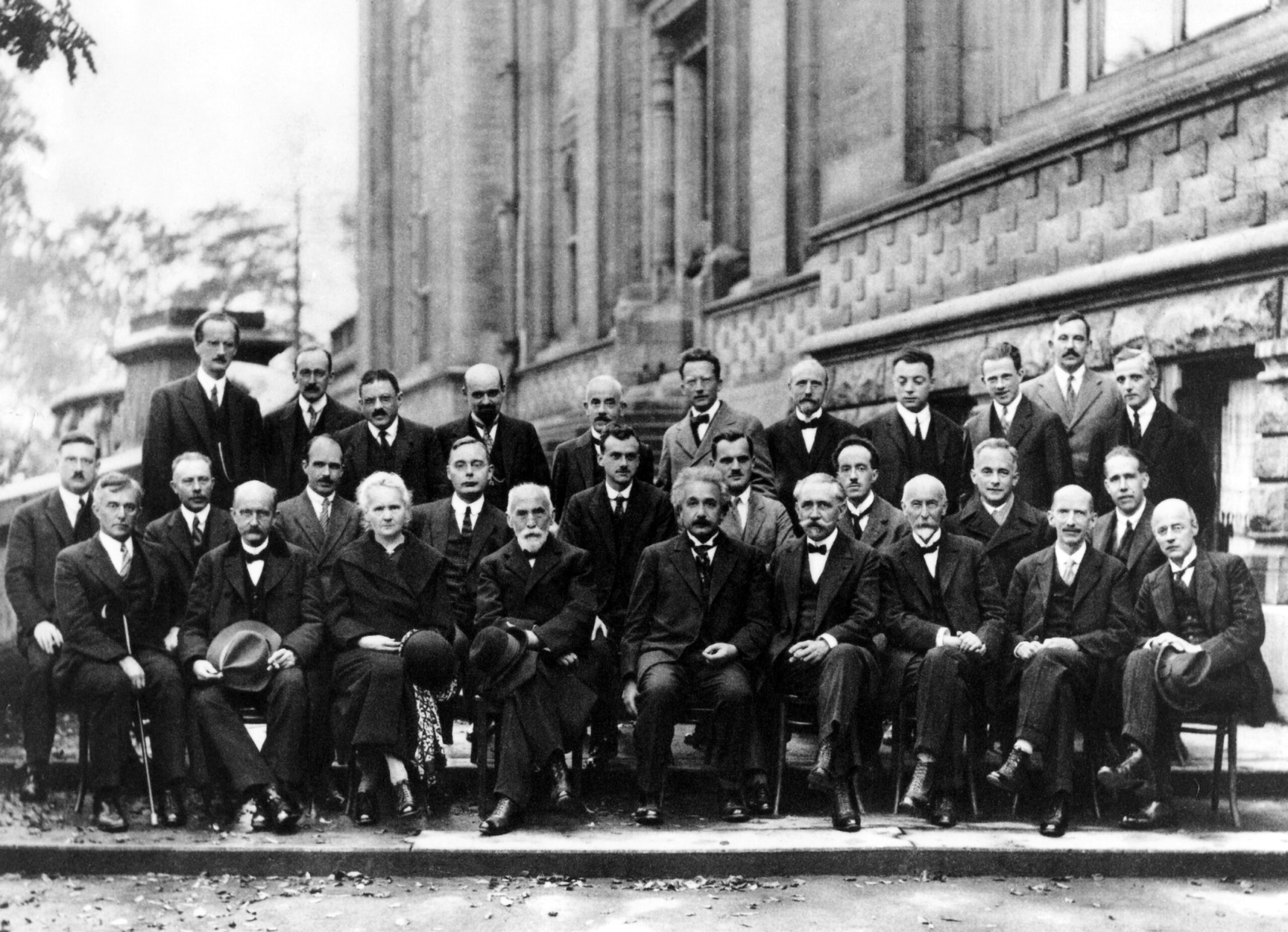 Figure 1. Group photo at the fifth Solvay Congress in 1927 where the world’s most notable physicists met to discuss the newly formulated quantum theory with seventeen of the 29 participants were or became Nobel Prize winners. The Solvay Conferences have been devoted to outstanding unsolved problems in both physics and chemistry. They began with the historic 1911 invitation-only Solvay Conference on Physics and continue today.
Figure 1. Group photo at the fifth Solvay Congress in 1927 where the world’s most notable physicists met to discuss the newly formulated quantum theory with seventeen of the 29 participants were or became Nobel Prize winners. The Solvay Conferences have been devoted to outstanding unsolved problems in both physics and chemistry. They began with the historic 1911 invitation-only Solvay Conference on Physics and continue today.
(back: A. Piccard, E. Henriot, P. Ehrenfest, E. Herzen, Th. De Donder, E. Schrödinger, J.E. Verschaffelt, W. Pauli, W. Heisenberg, R.H. Fowler, L. Brillouin (middle) P. Debye, M. Knudsen, W.L. Bragg, H.A. Kramers, P.A.M. Dirac, A.H. Compton, L. de Broglie, M. Born, N. Bohr (front) I. Langmuir, M. Planck, M. Skłodowska-Curie, H.A. Lorentz, A. Einstein, P. Langevin, Ch. E. Guye, C. T. R. Wilson, O.W. Richardson (picture: public domain)
As director of the first Physics Festival in Italy, what were your goals for the event?
Thanks to festivals it is possible to form a group and channel energies in one place. In the field of popularization, we must constantly network.
Do we need other, more innovative ways to communicate science?
Yes, but thanks to social networks today many innovative methods are born, and television is increasingly proving to be an old and swampy place.
You have been described as the “rockstar of physics in Italy”. What do you think of this label and how does it influence your approach to scientific communication?
It is an important recognition for me. I fill theaters with my stories of quantum physics, so just by telling stories. For this reason, they included me this year in the “100 successful Forbes women”, I am even happier.
What future projects excite you the most?
I have so many future projects, we are in the second quantum revolution, everything is changing; quantum physics needs me to be told!
We are looking forward to your next activities.
Thank you for sharing your insights and enthusiasm.
Gabriella Greison, born in Milan Italy, in 1974, graduated in nuclear physics from the University of Milan, Italy, with a thesis on the experimental study of the propagation of fast electrons in a vacuum chamber. She spent two years at the École Polytechnique research center in Palaiseau, Paris, France.
Since 2003, she has worked as a professional journalist, collaborating with various Italian radio stations and newspapers, including Radio Popolare, Rai Radio Due, and La Repubblica. She is also the director of Italy’s first Physics Festival and was named one of Forbes’s “100 Successful Women” in 2024.
Gabriella Greison has written several books on women in science, quantum physics, and historical physics events, and has produced numerous theatrical works. Her books often focus on 20th-century physicists and have been adapted into theatrical monologues featuring her own performances. Her debut novel, inspired by the 1927 Solvay Conference, resulted in both a book and a theatrical monologue titled “1927 – Monologo Quantistico.”
On television, she has been involved in various projects, including “Pillole di fisica” (Rai, 2017), “Il favoloso mondo della fisica quantistica” (Mediaset, Focus TV, 2019), and “La teoria di tutte” (Sky Italia, 2021).
Gabriella Greison’s Website: http://greisonanatomy.com/
Major Books on Women in Science
- Sei donne che hanno cambiato il mondo (Six Women Who Changed the World), Bollati Boringhieri, 2017, ISBN 978-8833928678
- Superdonne! (Superwomen!), Salani, 2017, ISBN 978-8893813488
- Einstein e io (Einstein and Me), Salani, 2018, ISBN 978-8893816205
- La donna della bomba atomica (The Woman of the Atomic Bomb), Mondadori, 2024, ISBN 978-8804782698
Major Novels on Quantum Physics
- L’incredibile cena dei fisici quantistici (The Incredible Dinner of Quantum Physicists), Salani, 2016, ISBN 978-8869188992
- Hotel Copenhagen, Salani, 2018, ISBN 978-8893812467
- La leggendaria storia di Heisenberg e dei fisici di Farm Hall (The Legendary Story of Heisenberg and the Farm Hall Physicists), Salani, 2019, ISBN 978-8893816571
- Einstein Forever, Bollati Boringhieri, 2020, ISBN 978-8833933528
- Ucciderò il gatto di Schrödinger (I Will Kill Schrödinger’s Cat), Mondadori, 2020, ISBN 978-8804728665
- Guida quantistica per anticonformisti (Quantum Guide for Nonconformists), Mondadori, 2021, ISBN 978-8804742234
- Ogni cosa è collegata (Everything is Connected), Mondadori, 2023, ISBN 978-8804754633
Also of Interest
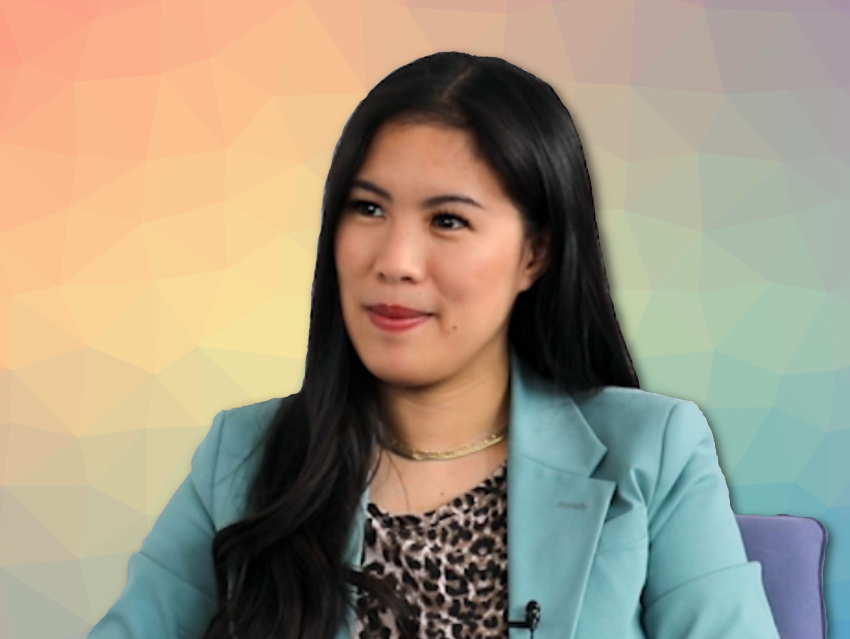
The chemist, YouTuber, and Germany’s best-known science communicator on her ambitions, responsibility, and the prevalence of hate speech
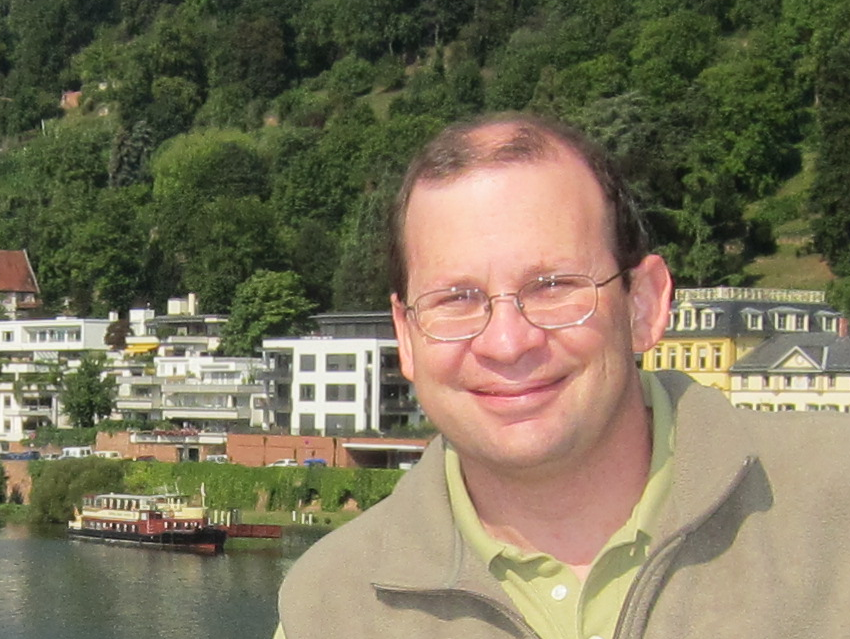
Professor D. Rabinovich, USA, on his interest in chemistry stamps, and what it takes to get people excited about chemistry
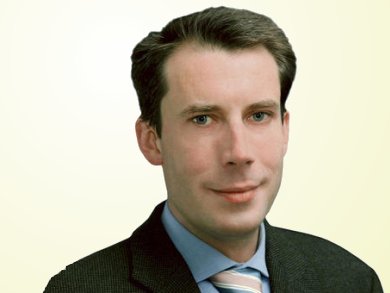
Uwe Freiherr von Lukas, Fraunhofer Institute for Computer Graphics, Rostock, talks about Germany’s first science soap
